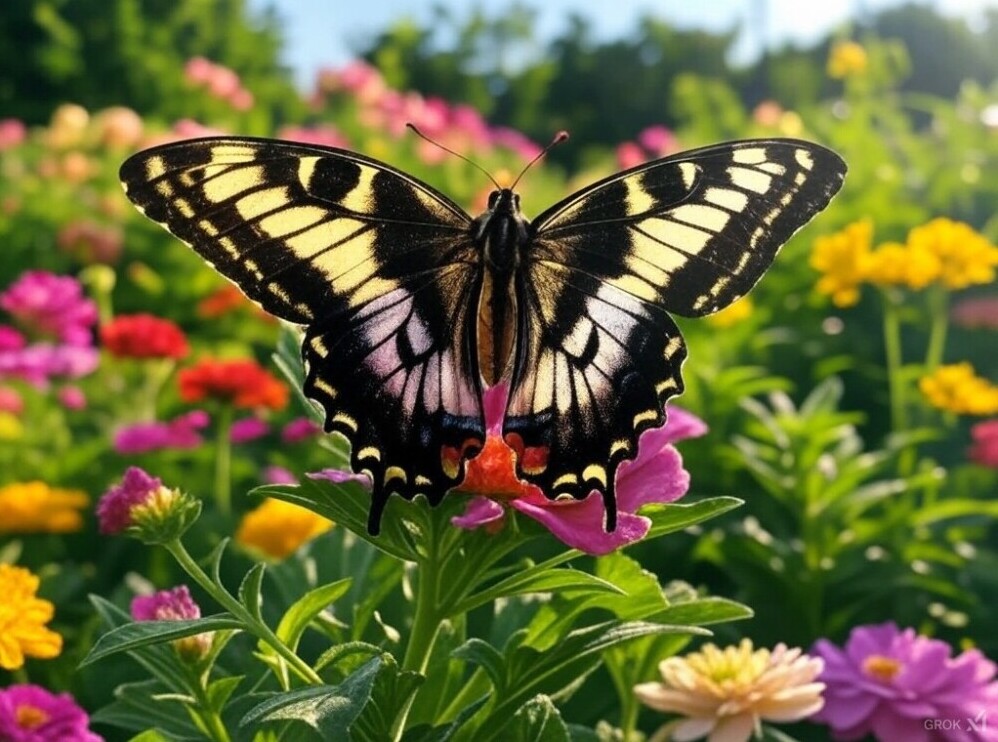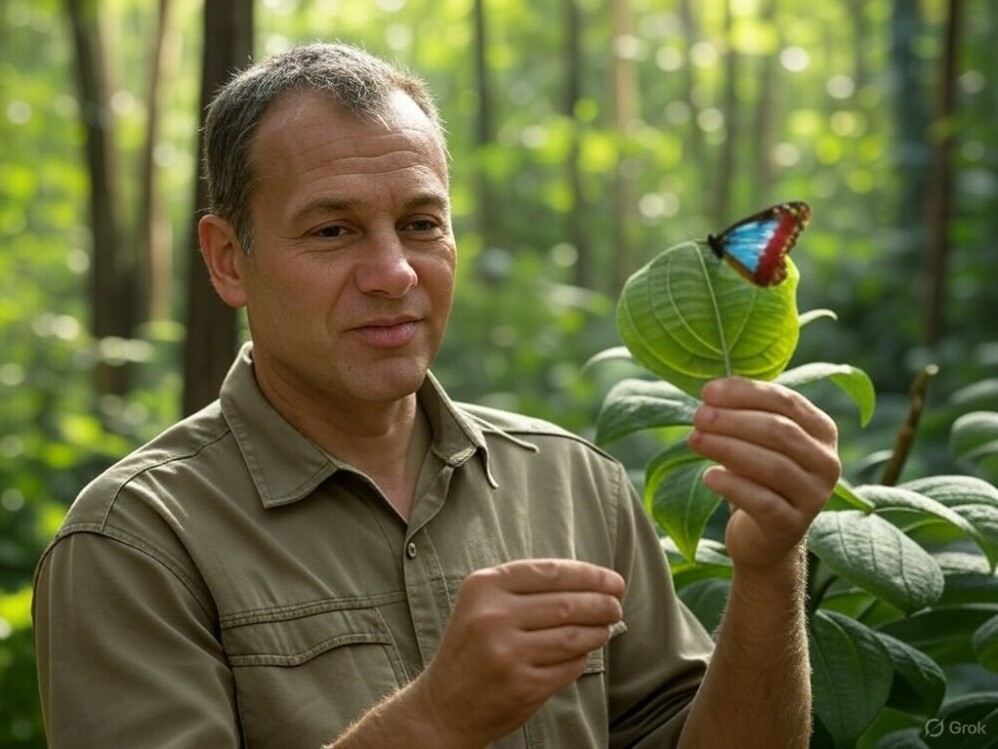I’m going to take you on a vivid journey to understand the delicate, yet astoundingly intricate world of butterfly wings. Many are fascinated by the sheer beauty of these creatures, but their wings are not just about splashes of color; they’re a marvel of natural engineering.
Imagine every wing as a mosaic, each piece a tiny, overlapping scale that reflects and refracts light, creating the patterns that bewitch both our eyes and the scientific community. Diving in closer, you’re going to find out about the structure of these scales and their crucial role in coloration and pattern development.
Winged marvels, butterflies are with two pairs of wings — the forewings and the hindwings, each with its unique function and story. And let’s not forget the veins! These aren’t just lines drawn on wings; they’re the supporting actors that ensure the wings can withstand the rigors of flight.
Now, this isn’t just about understanding the physical aspects; it’s also about setting the stage for something bigger. As we grasp how wings correlate with the butterfly’s survival strategies, we start to appreciate their multi-dimensional roles in the vast tapestry of life.
Beyond Aesthetics: The Remarkable Functions of Butterfly Wings
You’re going to find out about how the wings of a butterfly aren’t just for show. Sure, they’re stunning, but their true brilliance lies in their multifunctional design. Let’s explore the roles these delicate structures play beyond creating a visual spectacle.
A butterfly’s wing patterns are a masterclass in survival tactics. The array of colors isn’t random; it’s a sophisticated strategy. Camouflage allows these insects to blend into their surroundings, evading predators with ease. Meanwhile, vibrant colors and eyespots can attract mates or deter threats by mimicking the appearance of larger, more dangerous animals.
But what about when a butterfly isn’t fluttering through the air or dodging danger? That’s when thermoregulation comes into play. Butterflies are ectothermic, relying on external heat sources to regulate their body temperature. By angling their wings towards the sun, these creatures can soak up the warmth they need to power through the day.
In terms of getting around, the shape of butterfly wings is crucial for flight. Each species boasts a unique wing shape, which dictates not only how they fly but also how well they can maneuver. From the strong, rapid flight of swallowtails to the erratic patterns of skippers, wing design plays a pivotal role in how a butterfly interacts with its environment.
It’s not just about flight and fancy; butterfly wings also contribute to their sensory world. Minute sensory receptors on the wings detect changes in air pressure and humidity, offering feedback that’s essential for survival, be it evading predators or seeking out new habitats.
The Butterfly Effect: Human Inspiration from Wing Structure and Function
It’s incredible to ponder how something as delicate as a butterfly wing can spark waves of innovation and creativity across various human endeavors. Biomimicry is a field where nature’s designs inspire technological advancements, and the intricate structure of butterfly wings has been a goldmine. From creating more efficient solar panels by mimicking the light-absorbing qualities of butterfly scales to developing advanced materials with the same self-cleaning properties, these insect marvels are showing us the way forward.
The influence of butterfly wings extends into art and design, manifesting in patterns, colors, and concepts that resonate with people on a deep level. Artists and fashion designers often draw upon the splendid variety of wing patterns to create works that speak to the beauty found in nature. This homage to butterfly wings not only enriches our cultural tapestry but also highlights the interconnectedness of all life.
Yet, as we marvel at and borrow from these tiny aviators, it has never been more crucial to focus on their conservation. The loss of natural habitats and climate change threaten butterfly populations worldwide. By safeguarding these creatures and their environments, we protect not only a source of natural beauty but a wellspring of future innovation.
So, it turns out that choosing something that resonates with you, like the majestic wings of a butterfly, can lead to a world of discovery and reflection. The butterfly teaches us about adaptability and transformation, qualities that are essential in our rapidly changing world. The next time you admire the flutter of wings, remember their far-reaching impact. The butterfly effect isn’t just a metaphor; it’s a reminder of the subtle yet profound influence each element of nature holds over our lives, our art, and our science.





Leave a Reply